2016-07-19
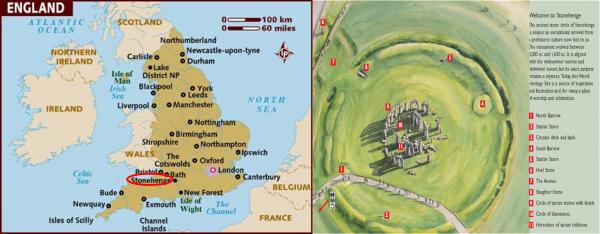
【Aiden in English】
Time always flows forward. It's quite a coincidence that we visited Stonehenge on the last day of our 27-day journey. As I have said many times, time inevitably brings everything to an end, such as my European summer vacation. Many describe it as cruel to be so uncompassionate and unforgiving. However, for the Neolithic Stonehenge, time is the only thing it can tell nowadays. It's pretty old, if you know what I mean—like, 4,500 years old. No, Stonehenge isn't a clock. It isn't a calendar, either. Think back 4,500 years. To them, it might as well be a dream idea within a dream. It could've also been considered a spirit of the supernatural, which is why Stonehenge might've been built. Our tour guide was somewhat honest with us, saying that scientists didn't know much about the stones. Theories range from a burial area to a calendar, to a sacrificial ground, to an altar, to an execution ring. As much as we know, it could simply have been a buffet line, yet I highly doubt it. The only apparent pieces of evidence are the dead people's remains and the lighting on the solstices. The quick rule out of the first piece of evidence came with the discovery of the Arrow Man. The man's body was uncovered by archaeologists, who noticed arrowheads in his body. Either he ate them for breakfast before the burial, or he was killed and left there. Scientists always pick the more "reasonable" theory, so now we all think Arrow Man was a villain. Maybe we should show them the movie about the superhero Arrow and see what they think. The second piece of evidence was the center of basically all further hypotheses. In the summer and winter solstices, the sun sets precisely between two sarsen stones in the middle of a cross-section. This marks the middle day of the year, when the days grow longer or become shorter. Being mostly nomads, this proved to be immensely important for their survival. It may signify a change in life, such as migration or the notification to stock up on food. Time is somewhat recorded, even if it is probably the most general way. And after seeing the face of prehistoric European history, I must say, to some extent, every person understands time. And everything understands its effects. Throughout my trip, restoration is attempting to reverse the effects of time on the landmarks of tourism. Although most look probably the best they have been in centuries, you cannot have the same image of the past. The past has been washed away, and time intends to stay that way. By recording this, I'm making history and saving a piece of time forever as long as the Internet exists. Someday, I hope to 'restore' my memory of the past, and even if it won't be the same, it will probably seem a lot more worthwhile. 【红霞译】 时间总是朝前行进。 我承认,赶在长达廿七天之久旅游度假末了出游巨石阵纯属巧合,正如先前本人多次强调时有终始,此次欧洲之行即将宣告结束,心里不免感到难过酸楚,但对出自新石器时代的巨石阵而言,世人所能见证的只有岁月,一个亘古不变的过去,假如你懂我的意思……譬如:4,500年历史长河。
呃,巨石阵既未当成日晷,也没用作历法,追溯到4,500年前,时间对古人来说恐怕做梦都难以想到,充其量被视为超乎自然的精神寄托,也许这才是修建巨石阵的原因。我们导游直言不讳,科学家们始终没有搞清其所以然,有的推断是墓葬区域,有的想象是土著历法,有的认为是祭祀场所,有的料定是祈福圣地,还有的怀疑是执法刑场,说一千道一万,没准它只不过用来吃自助餐,对之我倒持保留意见,唯一可靠的证据在于遗体残骸和至点阳光移动。
由于发现了“弓箭手”,大家很快得出第一个结论。该尸体是由考古学家挖掘出来的,出土时身上带镞,究竟下葬前他把箭头当早餐吞下还是被人打死丢弃在此,所有这些无从得知。显然,科学家们总是要寻找“合理”答案,如今这位弓箭手被认定是个“坏蛋”,我们当该搬出电影《綠箭俠》,让古人见识一下什么是超级英雄。第二个结论基本上根据进一步推理而来,每当夏至冬至到来之际,阳光恰好照射到两块羊背石之间横切面中央,从每年正午时分这一刻起,季节开始变长或者变短,这一现象对于当时游牧民的生存至关重要,有助于调整生活方式,比如远处迁徙或储存食物,由此他们开始记录时间,虽说所采用的方式方法非常普通。 在浏览了史前欧洲历史之后,我不得不说在不同程度上,不仅人人都懂得时间,而且事事都看重效果。此行令我明白,维修足可帮助旅游景点免遭岁月磨蚀,虽说若干世纪以来大多数古物一直保存良好,但你还是难得看到真迹原貌,历史毕竟成为过去,时光一去不再复返。借助书写方式记录所闻所见,其实我也在创造历史,为此在互联网上不知花了多少功夫,但愿有朝一日,自己能藉之“重温”旧梦,即使时过境迁物是人非,想必它依然不失保留价值。
Today in History(历史上的今天): 2016: Windsor, the Royal Borough UK(英国温莎·王室官邸小镇)
2016: Salisbury, Britain's Tallest Spire(英国索尔兹伯里·最高教堂) 2016: Ringwood, the Market Town England(英格灵伍德“缘林”·集市镇) 2016: New Forest NP the Royal Hunting(英格兰新森林国家公园·皇家猎场) 2016: Woodhenge, Neolithic Calendar ENG(英格兰巨木阵·新石器时代历法) 2014: Summer Pool Party(夏季水上派对)
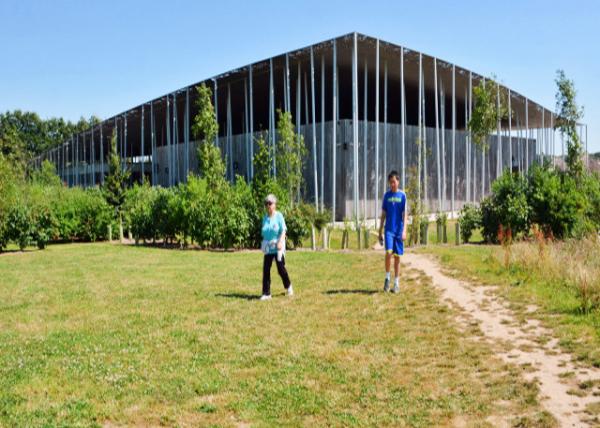 Visitor Centre (游客中心 07-19-2016) Visitor Centre (游客中心 07-19-2016)

"What is Stonehenge? It is the roofless past" by Siegfried Sassoon, Soldier & Poet. (反战诗人西格夫里·萨松——“什么是巨石阵?这是废弃场所的过去”)
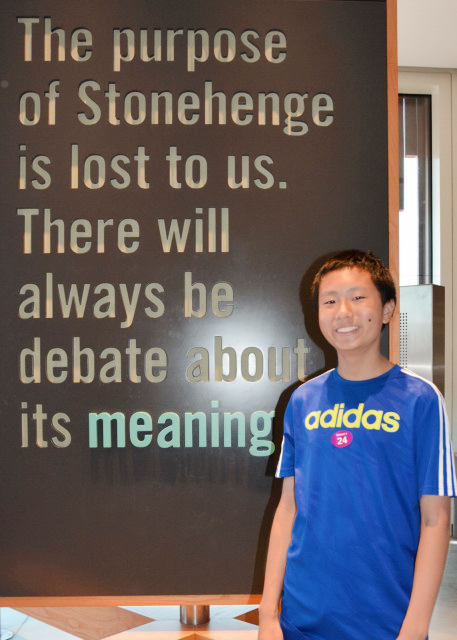
(虽然巨石阵目的不清,但对其争论不止。07-19-2016)
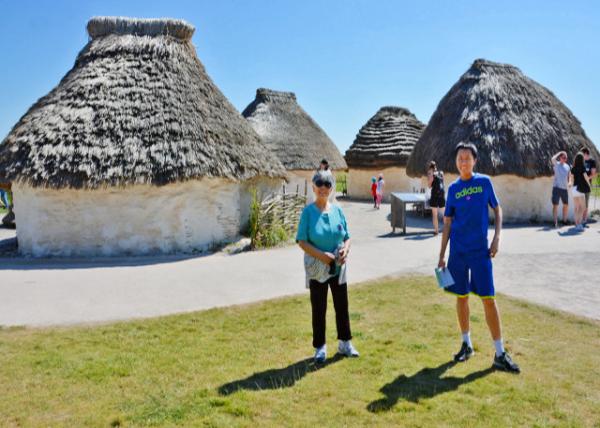 Neolithic Houses (新石器住宅模型 07-19-2016) Neolithic Houses (新石器住宅模型 07-19-2016)
 Airman's Cross Memorial (飞行员十字纪念碑 07-19-2016) Airman's Cross Memorial (飞行员十字纪念碑 07-19-2016)

Transportation (运输工具) 
Great Cursus Barrows (大型诅咒坟墓) 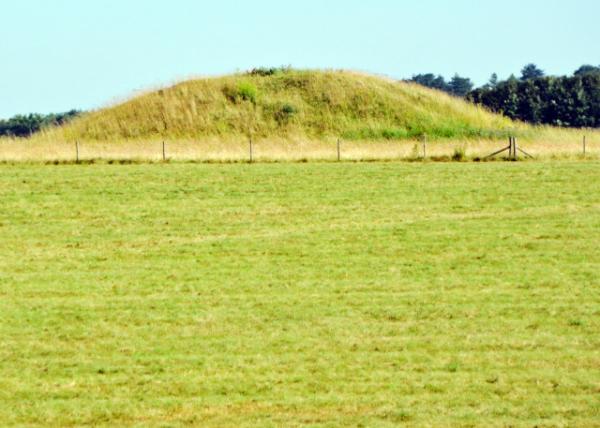 Normanton Down Barrows between 2600 and 1600 BC Normanton Down Barrows between 2600 and 1600 BC
(公元前2600年至1600年间的北方人庄地下墓葬) 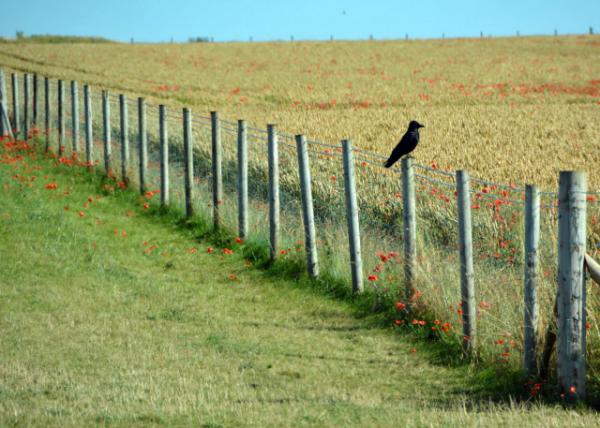
Salisbury Plain (柳林平原) 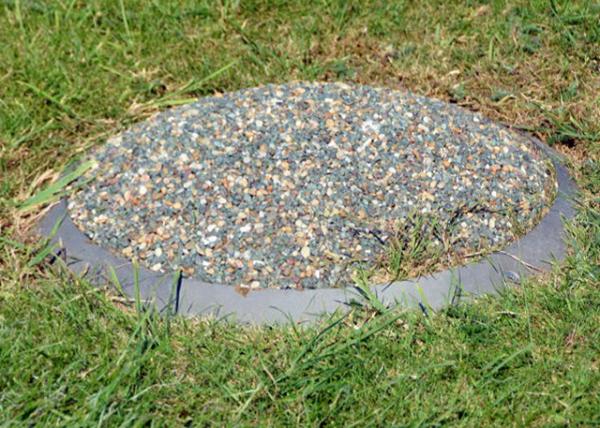 Aubrey Hole Marker (精灵王洞标记) Aubrey Hole Marker (精灵王洞标记)
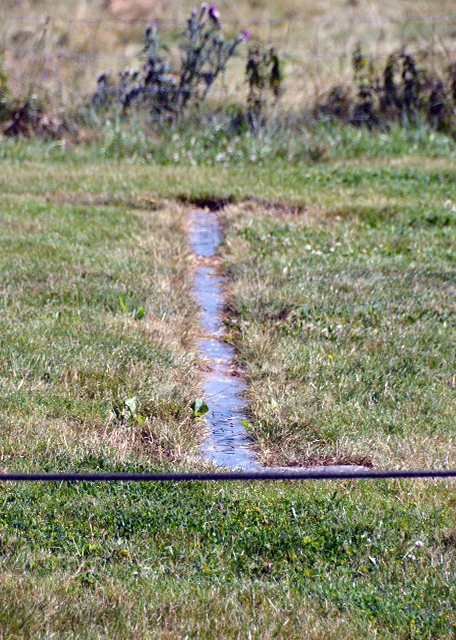
Arrow Showing Solstice Alignment (箭头指出与至日对齐)
 Solstice Axis (夏冬至点轴) Solstice Axis (夏冬至点轴)
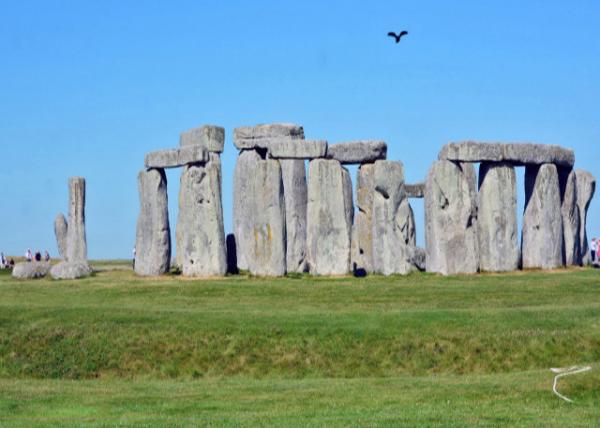 Neolithic Acoustics (新石器时代声学) Neolithic Acoustics (新石器时代声学)
 Close-up of Neolithic Acoustics (新石器时代声学·近景) Close-up of Neolithic Acoustics (新石器时代声学·近景)
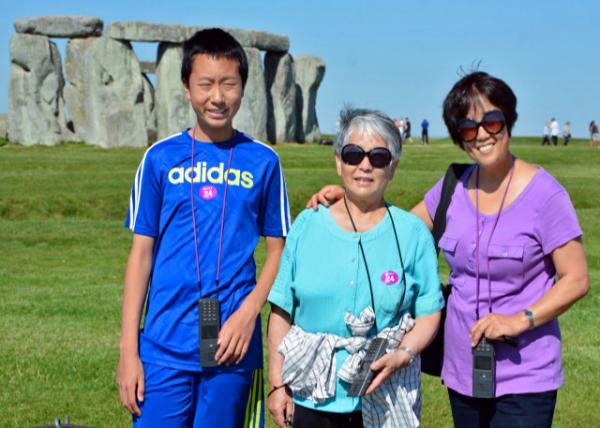 Horseshoe of Sarsen Trilithons Horseshoe of Sarsen Trilithons
(马蹄形砂岩三石坊 07-19-2016) 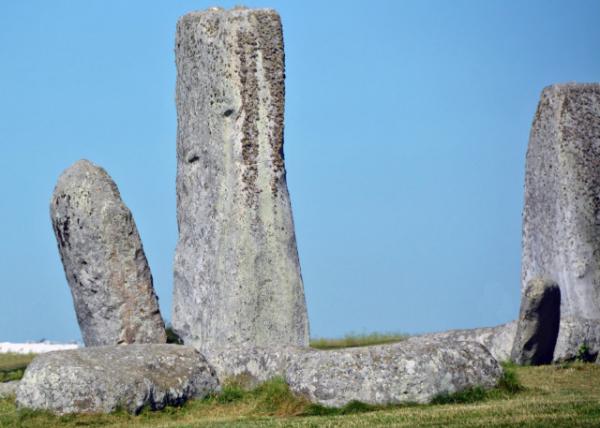 Sarsen Stone (本地产的砂岩) Sarsen Stone (本地产的砂岩)
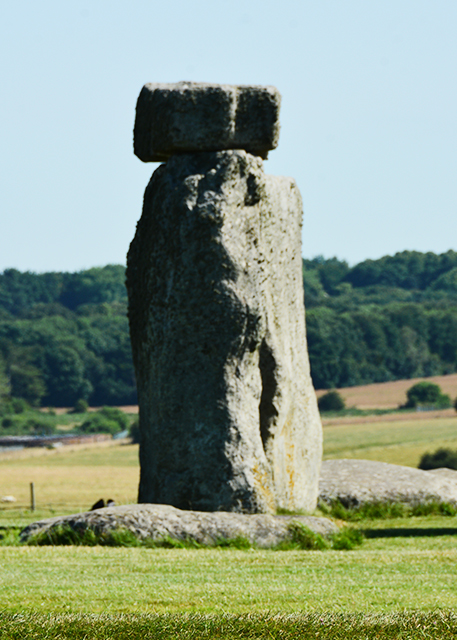
Sarsen Stone (本地产的砂岩)
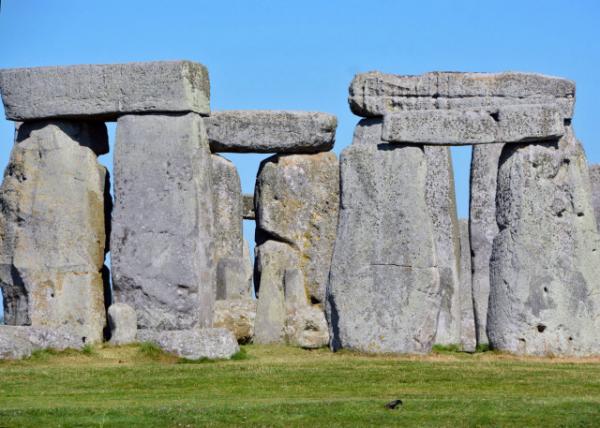
Trilithon (三石坊)
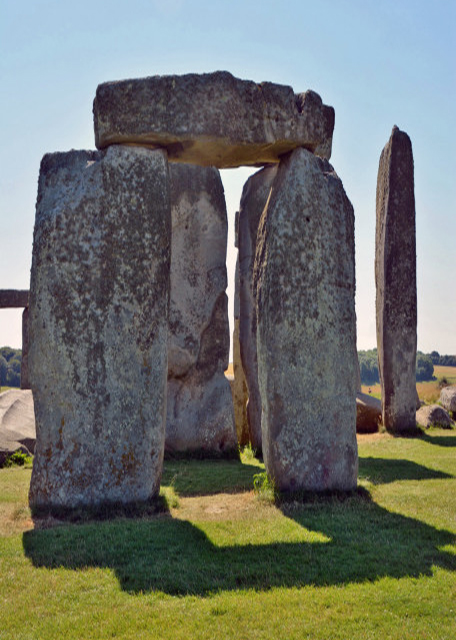
Trilithon w/ Prop & Lintel (三石坊与支柱和门楣) 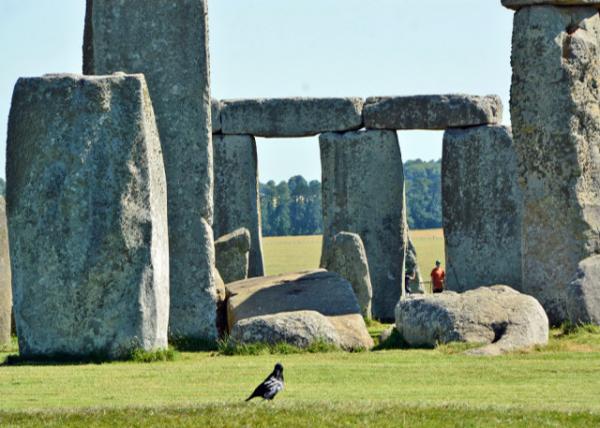 Sarsen Stones Arranged in Horseshoe (排成马蹄形的砂岩) Sarsen Stones Arranged in Horseshoe (排成马蹄形的砂岩)
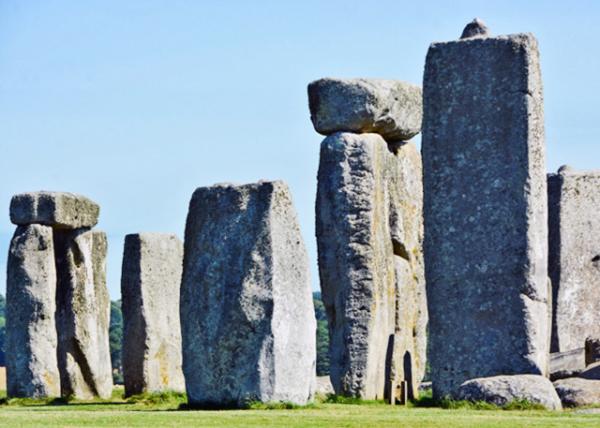 Tenon (凸榫) Tenon (凸榫)
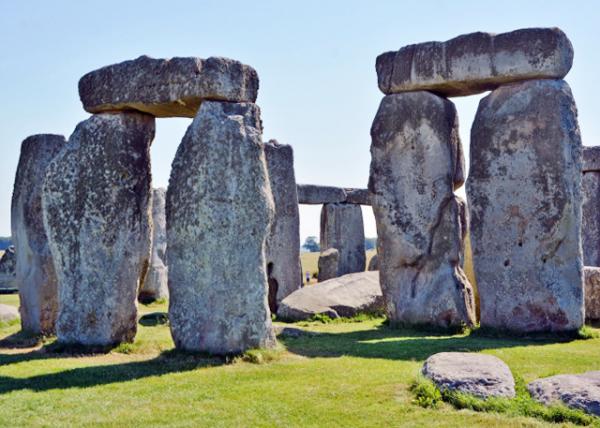 Altar Stones (祭坛) Altar Stones (祭坛)

Slaughter Stone (杀石) 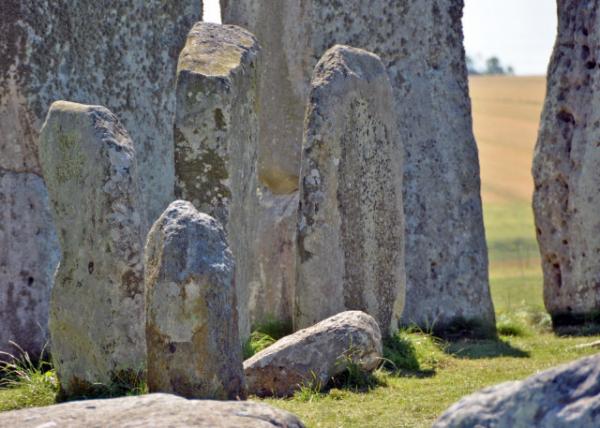
Bluestones (舶来蓝石) 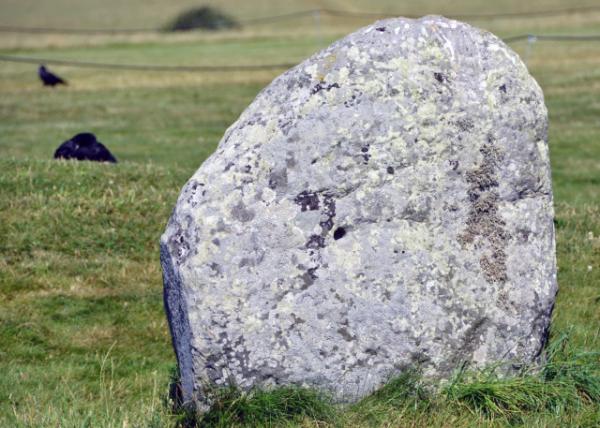
Station Stone (站台石) 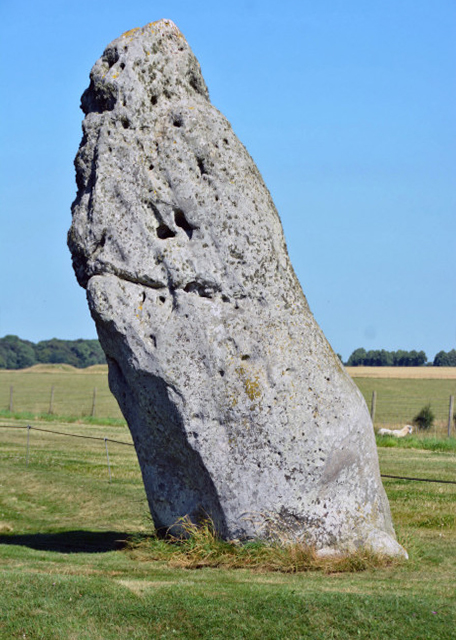
Heel Stone (脚跟石) 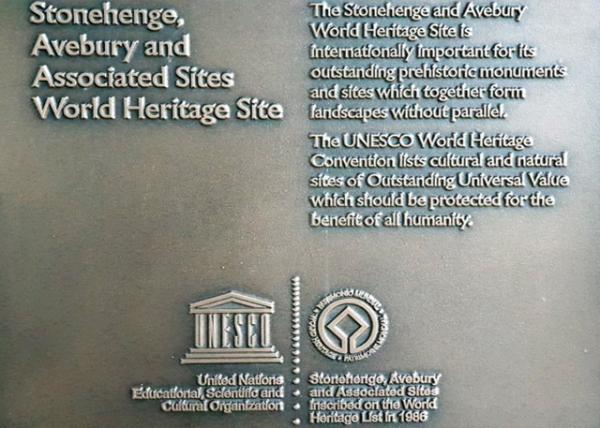 UNESCO Site (世界科教文文化遗产地) UNESCO Site (世界科教文文化遗产地)
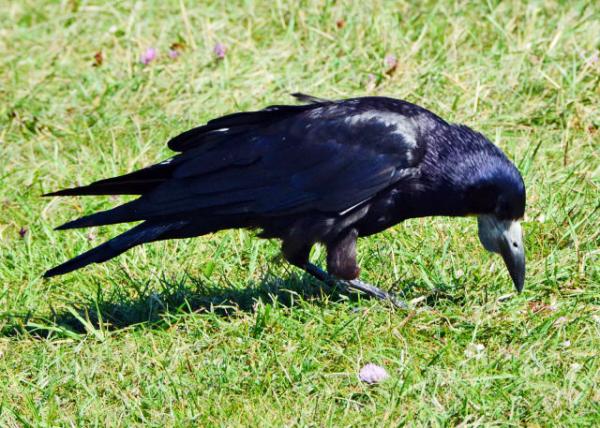 Rook (秃鼻乌鸦) Rook (秃鼻乌鸦)
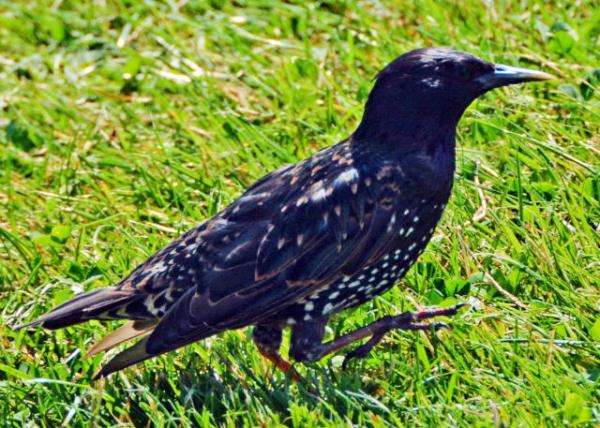 Carrion Crow (小喙乌鸦) Carrion Crow (小喙乌鸦)
Crosslinks(相关博文): Stenness Stones & Ring of Brodgar, UK(苏格兰石岬立石与桥庄石圈)
UK(出游英国) Europe(欧洲掠影) 7th Grade(初中二年级) |
